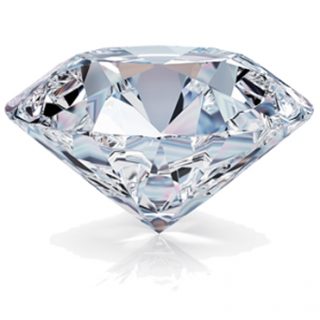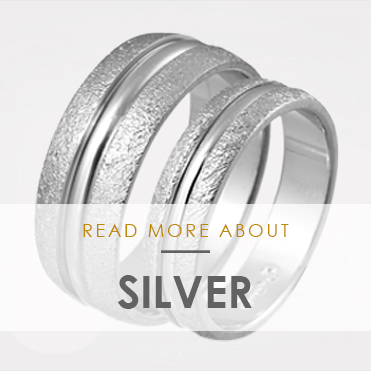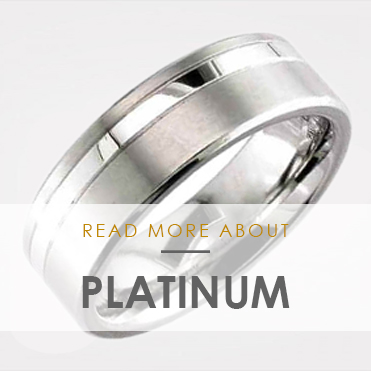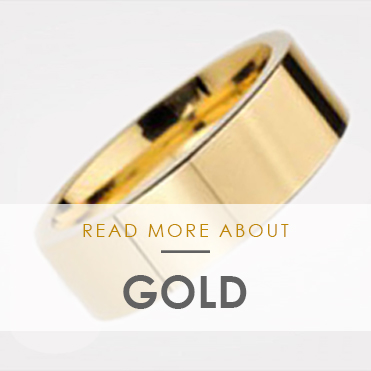Diamonds are one of the most popular jewellery stones available. The world of diamonds is huge! They come in many sizes, qualities and colours. The most common use for wedding rings and engagement rings are brilliant cut diamonds. A brillant cut, as it is refereed to is round and has 57 facets, meaning it has 57 cut angles. The second most common is the princess cut diamond, which is a square. The princess cut is a bit more pricey compared to the brilliant cut.
There are a variety of grading scales but the most common of the Brilliant Cut is VSI, which stand for Veselton Small Inclusions. Veselton describes the colour of the diamond and Small Inclusions is referring to small inclusions or containment of carbon. The brightest color available is River internationally known as “D” grade diamonds, which are absolutely free from colour. The list then goes all the way down to “Z” grade, which are yellow. The colour of Princess Cut are measured in the same way.
At Rings of Sweden, we have chosen to work with TV VS for our wedding and engagement rings online. TV VS stands for Top Vesselton = Color, VS = very small (inclusions) and is considered as one of the higher end diamonds.
Diamonds are created by nature and consists of hard-pressed carbon. They are one of the world’s hardest material. They are judged on common international standards and the 4 most important parameters are “Cut, Carat, Clarity and Colour”. This is known within the industry as “The Four C’s”.
The Diamond Cut
The raw, uncut diamond is, as mentioned, created by nature. The cut is the only contribution to the final diamond, because the other parameters (carat, clarity and color) are predetermined. The cut, which should be done by someone with skills and experience, is crucial for the end result and of course the value.
The most common cut is the brilliant cut, because it is thought to give the best angles for optimum brilliance or shine. Brilliant cut has 57 facets, and all angles and proportions are precisely calculated.
The Carat
Carat is the unit of weight you use to specify the weight of a diamond (not to be confused with Karat, which is used to indicate the purity of gold). 1.00 Carat equals 0.20 grams.
Carat is given 2 decimals places. Even very small differences in carat can mean very large differences in price.
The Clarity
Since diamonds are natural products some of them contain natural impurities. They are called inclusions, and usually consist of mineral crystals or small fissures. A diamond with few or very small inclusions will have a better brilliance than a diamond with more or larger inclusions. That’s because the inclusions impede the light from being reflected optimally. To assess and describe the clarity of a diamond, the following internationally recognised scale is used:
FL (Flawless):
Completely free from inclusions, both inside and outside, under a magnifying glass with 10X magnification (blemishes)
IF (Internally flawless):
No inclusions at a magnification of 10 X.
VVS1 and VVS2 (Very very small inclusions):
Extremely small inclusions that are very difficult to discern under 10 X magnification.
VS1 and VS2 (very small inclusions):
Very small inclusions that are hard to discern under 10 X magnification.
SI1 and SI2 (Small inclusions):
Inclusions that can be fairly easily distinguished under 10 X magnification, or that can be seen with the naked eye.
P1 (piqué 1):
Inclusions that can be seen with the naked eye.
P2 (piqué 2):
Inclusions that are clearly visible to the naked eye and which partly reduces light reflection.
P3 (piqué 3):
Many or large inclusions clearly visible to the naked eye, and which significantly reduces light display.
Colour
Most diamonds are colourless or nearly colourless. Coloured diamonds, such as pink, blue and green are rare. The coloured diamonds are called “Fancy Coloured Diamonds”.
But also the colourless diamonds can, with the help of a trained eye and the right instruments, be divided into different subtle shades from white to yellow. Since the regular colour scale is not detailed enough for determining the colour of diamonds, special scales of the different color tones have been created. One scale is recognised by the American Institute GIA (Gemological Institute of America) and another other is a Scandinavian scale recognised by Scan DN (Scandinavian Diamond Nomenclature). The two scales are compared below:
GIA Scan D.N. explanatory description
D, E River = Very rare white
F, G Top Wesselton = Rare white
H Wesselton = White
I Top Crystal = Very slightly tinted white
J Crystal = Slightly tinted white
K, L Top Cape = Tinted White
M, N Cape = Slightly yellowish
O, P, Q, R = Light Yellow
S – Z Yellow = Yellow
I hope you have learned a little more about the beautiful and popular gemstone, the diamond! Please contact us if you have any questions regarding the diamonds we use!









